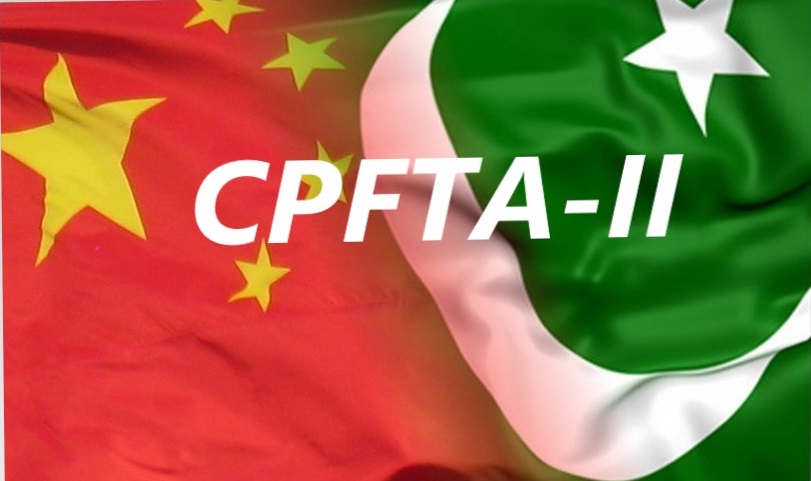As the goals of the second trade agreement are not being met, Pakistan has decided to request from China the meaningful implementation of the China-Pakistan Free Trade Agreement (CPFTA-2) in order to significantly increase exports, a senior official with knowledge of the issue informed The News.
The official stated that although exports under CPFTA-2 have increased to some extent, the goal of the second trade agreement is not being met. “The China-Pakistan Free Trade Agreement (CPFTA-2) was signed and implemented to increase the exports to China to a reasonable level, as the trade under CPFTA-1, the trade balance was heavily tilted towards China.
In order to maximise exports to the Chinese market, the government wants the Chinese government to guarantee more export orders for Pakistani business owners. “Both nations will benefit from this circumstance,”
The CPFTA-2 will go into effect on January 1, 2022, however the most recent statistics for 2021–2022 trade volume shows an increase of $23.56 billion, with $20.5 billion in enormous imports and only $3.06 billion in exports. Pakistan exports are significantly lower than China imports, hence we will request a substantial implementation of phase two of the trade agreement at the upcoming JCC (Joint Coordination Committee) meeting.
Pakistan is currently engaged to finalize the JCC agenda under the CPEC umbrella. Pakistan’s exporters are also facing issues like those of phytosanitary barriers in the way of smooth exports to China. “China wants to hold a JCC meeting before November 30, 2022.” To a question, the official said since the Chinese market is a controlled one, Pakistan wants China’s government to play its role in ensuring more export orders for Pakistani entrepreneurs so that country’s exports to China could further improve under CPFTA-2 to a reasonable level.
The official further revealed that the trade agreement with Indonesia has led to a significant rise in imports and that the government intends to renegotiate the agreement to achieve a win-win outcome. “If we look at bilateral trade data with Indonesia over the last seven years, there is a $666 million to $890 million to one-sided trade balance substantially favouring Indonesia.”










